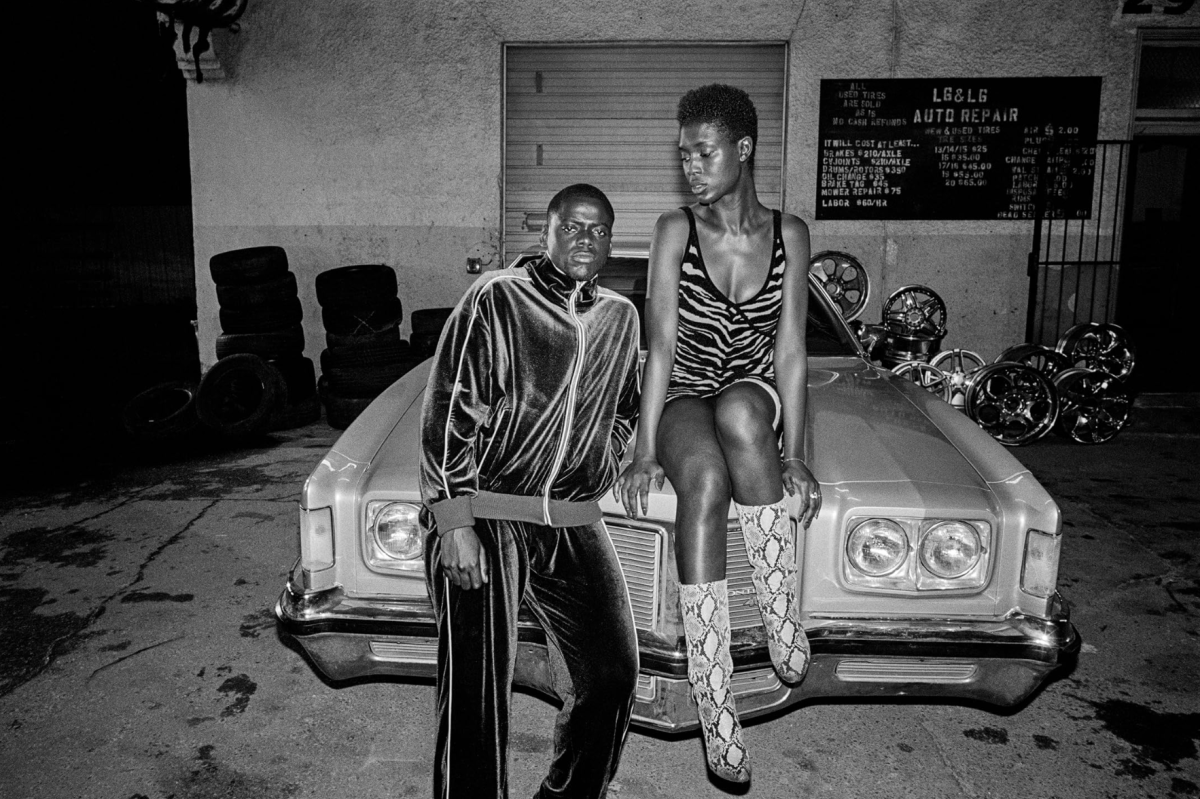Imagine someone chronically suffering from a disease that makes him or her feel like dying. If they were given the option, how often would they choose to stay? Say they decide to take their chances and choose their own death.
Either they don’t see much improvement with Westernized medicine or they decide suffering is not worth it. It becomes their right, they can own it and a medical professional can give them this right.
Before her death, Brittany Maynard suffered from a rare brain cancer and moved to Portland, Oregon, one of five states where assisted suicide is legal in the United States. Through the Death With Dignity Act, Maynard was given a drug to take her own life.
This triggers an ongoing debate of morality to religious and conservative minds, if she should be given the right, if anyone should be given the right, and how does it affect the health system?
To legalize an act of euthanasia is a risk for present group of vulnerable, disabled and elderly patients or chronically ill. Since an assisted suicide is a cheaper alternative, insurance companies appeal to this.
When needing an expense larger than a budget alternative, funding becomes bias and not in favor of certain treatments that should be better provided for.
In 2008 in Portland, a cancer patient named Barbara Wagner was denied a prescription for a drug that could save her life and instead given “alternative treatment.” Oregon health plan would provide assistance for pills that would lead to death and cost $50.
A measure of guidance is then not valid, yet is selected in a thin act to save money.
Psychologically, euthanasia can harm viewers in their decision to live or die. Let alone question their life. As human beings are influenced by what they hear, individuals make hazy decisions based on judgment — in all, fitting their situation as not unique.
Struggle is a perception and can sometimes mean, in some occasions, accepting defeat. People deciding to give up and take their life is almost accepting the social realms that their condition is not worth living, which can make others with the similar condition hopeless to their own.
The problem lies here where there are exceptions to the rule. If death is to be treated as a cure for those leaning to assist their life ends, it should be treated with care.
Hospice treatment was introduced in 1967 by Dame Cicely Saunders, a nurse, opened St. Christopher’s Hospice in London. It is a type and philosophy of care that focuses on the palliation of a chronically ill, terminally ill or seriously ill patient’s pain and symptoms, and attending to their emotional and spiritual needs.
What Saunders did was key in on matters outside the majority and created alternatives. According to Sandeep Jauhar of CNN, “Saunders formulated three principles for easing the process of dying: relief of physical pain, preservation of dignity, and respect for the psychological and spiritual aspects of death.”
What Saunders has given is the chance to reconcile, void impulse and clearly see the light before the tunnel.








